The post How to Quote Commercial Photography Jobs: A Few Important Line Items to Consider appeared first on Digital Photography School. It was authored by Darina Kopcok.
There are a variety of ways to quote on a commercial photography job. Every photographer has their own approach.
If you’re new to working with clients, or even if you’ve been at it for a little while, putting together a formal estimate can be a daunting process. The bigger the scope, the more variables there are to consider.
Here are some line items to consider.

Creative fee
When you’re putting together an estimate for a commercial photography job, I recommend charging a Creative Fee for your labor. This creative fee is the time you spend shooting, but it can also include some post-processing.
Some photographers charge a day rate or a half-day rate. I don’t advise charging by the hours, but I determine how many hours you think you may need to execute a job and multiply it by the hourly rate you would like to receive for it. You may want to top that up by up to 25%, as you’ll find most jobs take longer than you think they will.
As a new photographer, I tried a variety of ways of estimating jobs. When I charged a half-day rate, I often found that there was no such thing. By the time I set up, did all the project management to pull the shoot together and hire the help I needed, it was a full day of work and then some.
Think about how much work you have to do behind the scenes and factor that into your creative fee as well.
One thing I don’t recommend is lumping all your expenses together and presenting it to the client. Giving them one big total can lead to sticker shock and confuse your potential client. They won’t know what they’re paying for exactly.
Breaking it down for them is a good business practice and helps the less experienced clients – say, those with a small business – understand all the work that goes into producing a commercial photo shoot.
Equipment

Some photographers like to have their own equipment they bring to photo shoots. This not only means a couple of cameras and Speedlites, but it can also mean monoheads, stands, and a variety of other gear.
You may have everything you need to bring to smaller shoots, but on bigger productions, you may need to rent extra gear, like several lights and lighting modifiers. You should not absorb this cost. It goes into the estimate.
Therefore, you need to get all the pertinent information up front about what the shot entails, so you know what to take. Make sure you get a shot list and ask all the necessary questions up front.
If you do have your own gear, you can include it in your creative fee and mention it as a footnote on the estimate that it’s included. Alternatively, you may decide to separate it.
You should charge at least a nominal fee for the use of your equipment. This way you can put money aside for any replacements and upgrades you need to do over time.
If a client were to go to a rental house and rent the equipment needed to pull off a commercial production, they would pay hundreds of dollars. And that is just for the tools. What about the skill of the person to handle those tools?
Don’t be afraid to charge appropriately for your services.
Studio rental
Photo shoots can take place in a variety of locations, but if you need to shoot in a studio, make sure that you put a cost for the studio rental in your estimate.
Be familiar with at least three studios in your area that can be rented out and what they charge per hour or day. If at the time that you write your estimate you’re not sure which one you’d be shooting in, put the most expensive one as the cost.
Once you get the go-ahead you can see what is available on the date you’ll be shooting and book the available studio.
Editing & post-production

When working on a commercial level, you may not be the person responsible for editing the photos. If you’re working with an ad agency or sometimes even a magazine, they may have someone in-house to do editing according to specific parameters.
Alternatively, you may be expected to do the basic editing, but someone else may be responsible for further refinement. Be clear on the outset about the expectations around post-production.
The Photoshop required may be complex and require the expertise of a professional retoucher. In this case, you must get a quote from a retoucher and put that as a line item in your estimate.

Archiving fee
Some photographers charge an archiving fee as part of their post-production process.
There is the time associated with uploading and storing images and the process required to back them up. Since you should be charging for all the time you spend on a project, it makes sense to include it in the scope. You can have it as a line item or include it in your creative fee.
Digital Imaging Technician
Depending on the genre of photography you shoot and the nature of the production, you might want to hire a Digital Imaging Technician. Also known as a DIT, they are responsible for backing up everything as you shoot, and for doing quick color treatments or composites on set.
For example, as a food and still life photographer, I always shoot tethered to my computer so I can see a large, more accurate rendition of my image than I can get on the back of my LCD screen. I also sometimes have to work with overlays if I’m doing product packaging, so I can see how the image fits with any text or artwork. A DIT can help with this process.
Photo assistant
I have used a photo assistant since the day I started shooting professionally.
A good photo assistant is indispensable and worth every penny. A photo assistant can help you carry all your gear, work your lighting and run out on errands. Having one on hand saves you time, which in the end is saving you money.
There are professional photo assistants whose sole work is assisting other photographers. However, there are plenty of photography school grads that start their careers assisting and have a lot to offer in terms of technical knowledge and eagerness to gain experience.
Many of them are not even that expensive, so if you can’t get the extra expense approved, I suggest taking a cut for yourself to have one help you out.
Stylists and makeup artists

Depending on the niche you’re shooting in, you may need a stylist. This may be a wardrobe or fashion stylist, or a food stylist.
Food stylists are responsible for shopping for the food and ingredients required for any food shoot and preparing it for the set. Food styling requires particular skills and are an essential part of any team producing food photography. It is not the photographer’s job, as it’s a different occupation and should be treated as such.
Food stylists usually charge by the hour or a day rate, as well as for prep, and often have their own assistants.
Similarly, wardrobe stylists are responsible for the clothing and related props on fashion shoots.
Makeup artists are required for fashion shoots as well, and sometimes on commercial portrait shoots.
Image usage
Image usage is the trickiest part of a photography estimate.
There is no right or wrong answer for how much you should be charging for usage.
When you are hired to shoot for a brand, you still own the copyright to those images. The client does not own them. The creative fee is for the labor to execute the commission, the usage fee is a license that allows them to use the image in a defined way for a specific time period.
How much you should charge is dependent on your market, the visibility of the brand, and how they want to use them.
The Getty Pricing Calculator is a free tool that can give you some idea of what to charge for usage.
However, I have found that there is what photographers should charge, and then there is reality. There is no point in charging a client hundreds of dollars per image if the client is small and cannot pay that.
I always recommend separating image usage from the creative fee. However, often you need to educate the client up front about copyright and what usage refers to. This can be tough if you’re dealing with a small business owner who thinks they own the images because they hired you to shoot them.
Give them an agreement that outlines the usage and make sure they are clear on how and where they can use the images.
In Conclusion
If you’ve been struggling with how to price your photographic services, hopefully, you now have a better idea of the types of things you can charge for.
The post How to Quote Commercial Photography Jobs: A Few Important Line Items to Consider appeared first on Digital Photography School. It was authored by Darina Kopcok.

Digital Photography School










































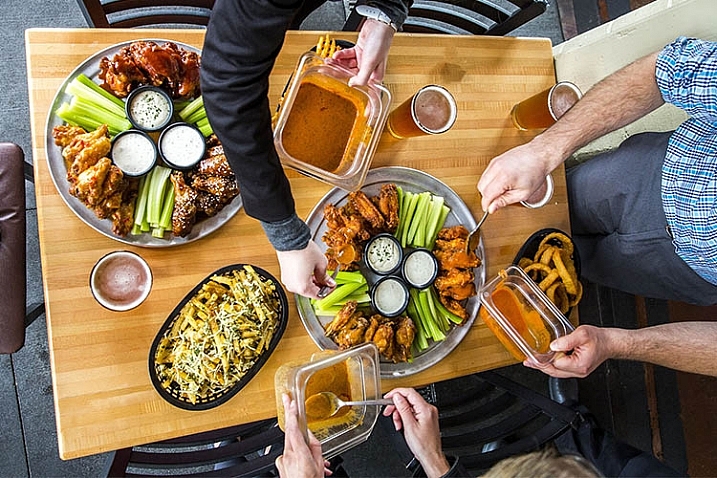
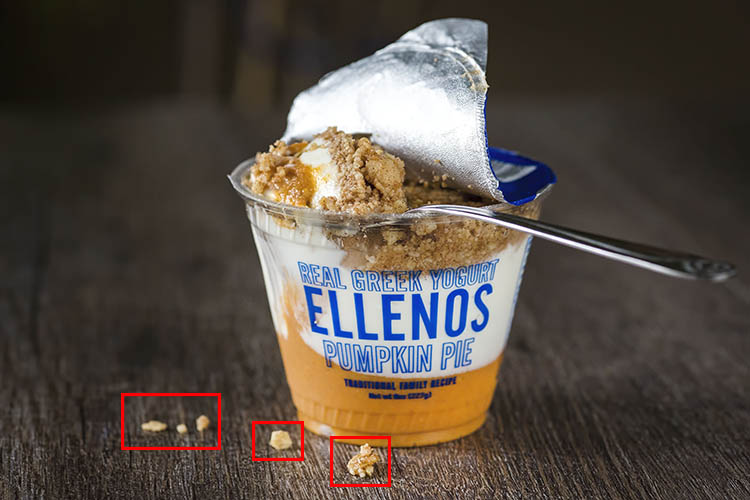
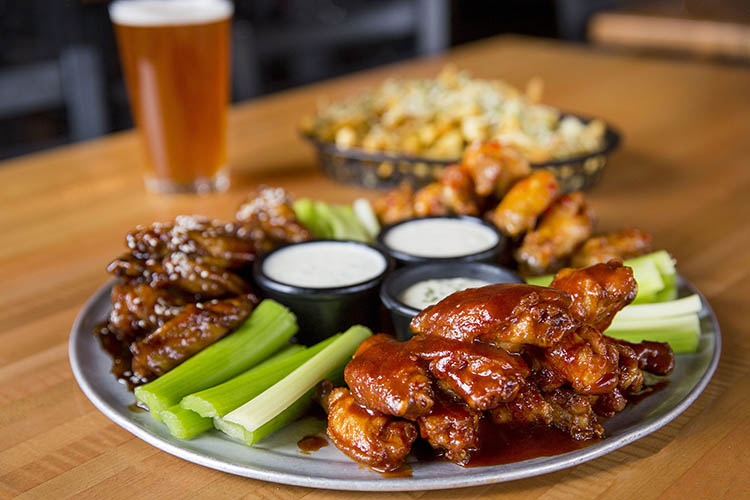
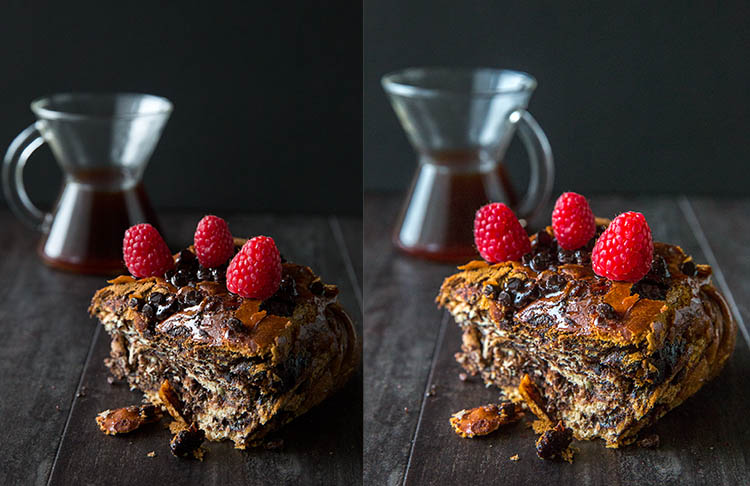
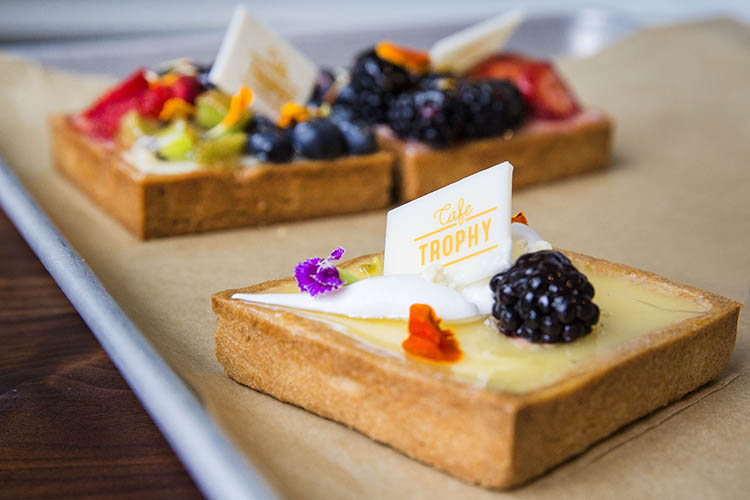

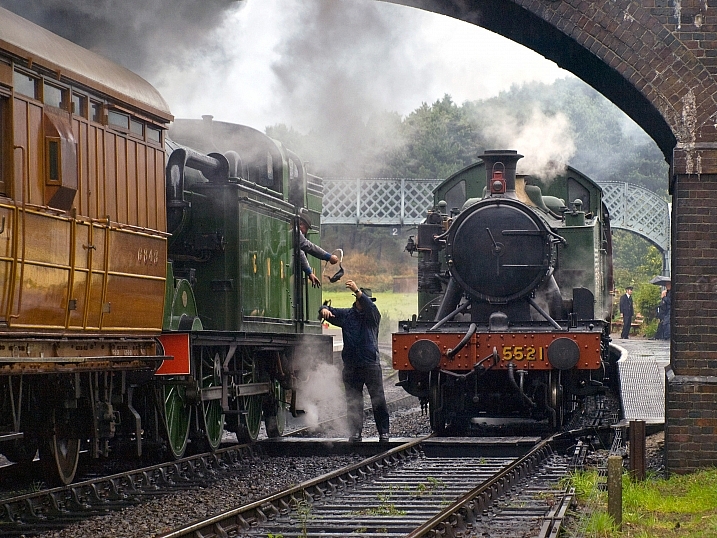
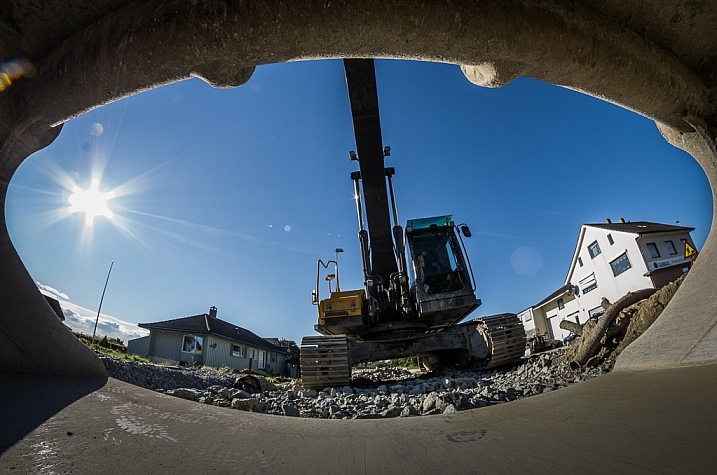
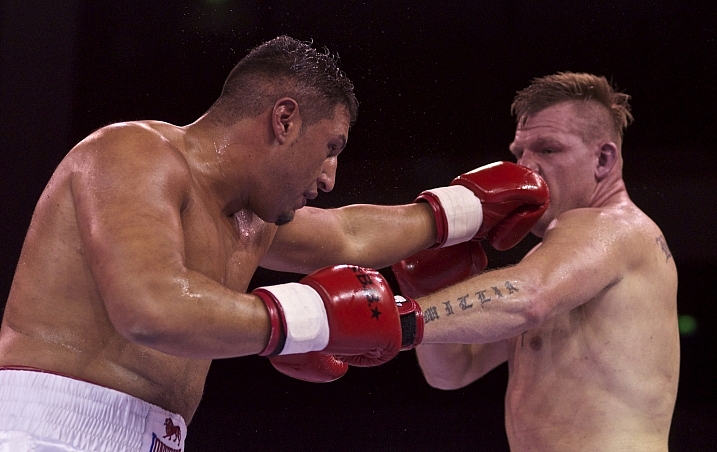
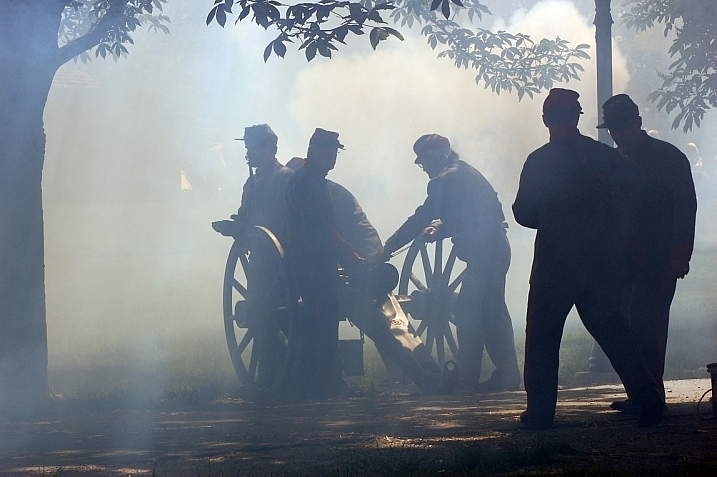
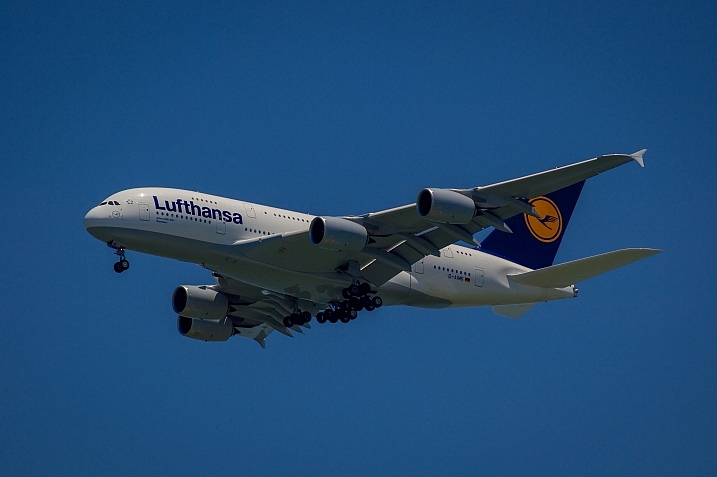

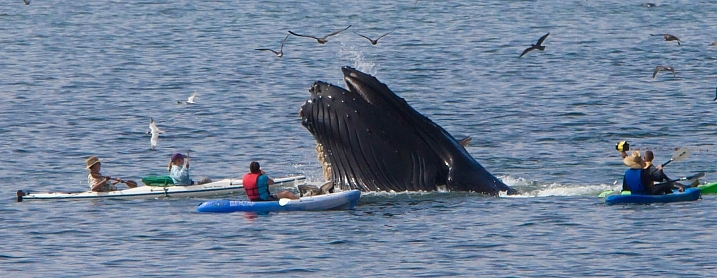
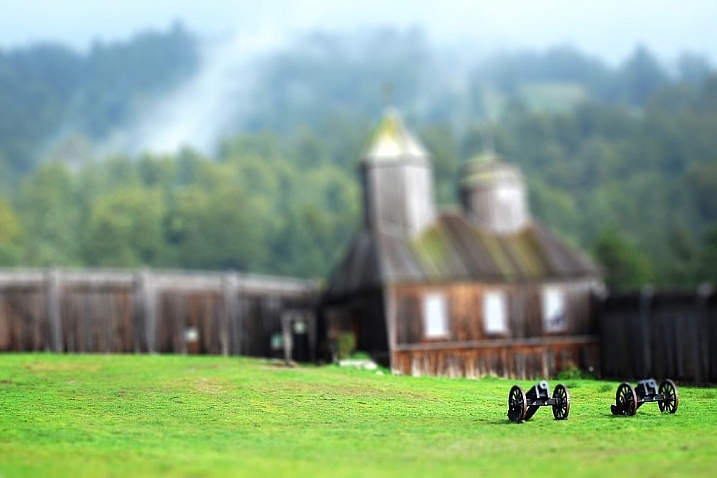

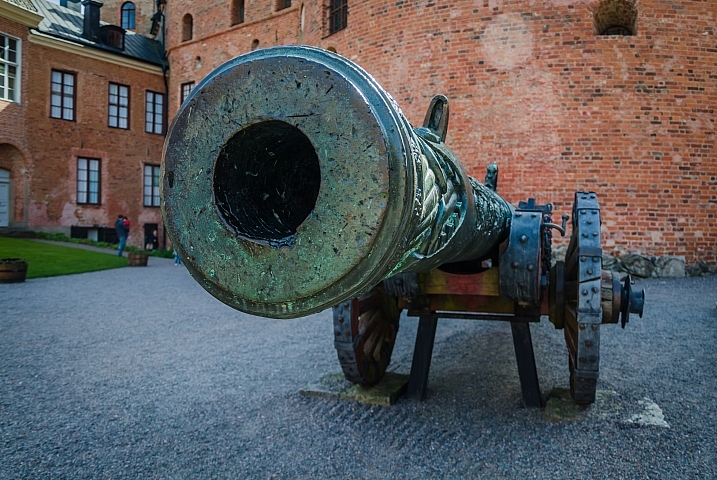
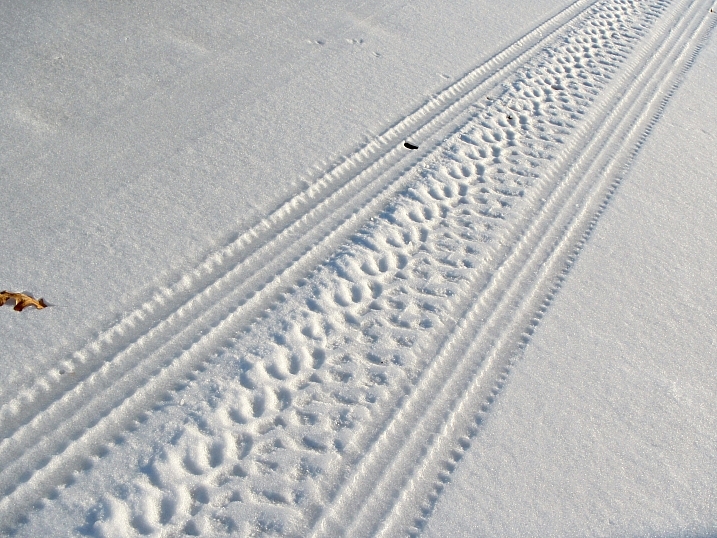
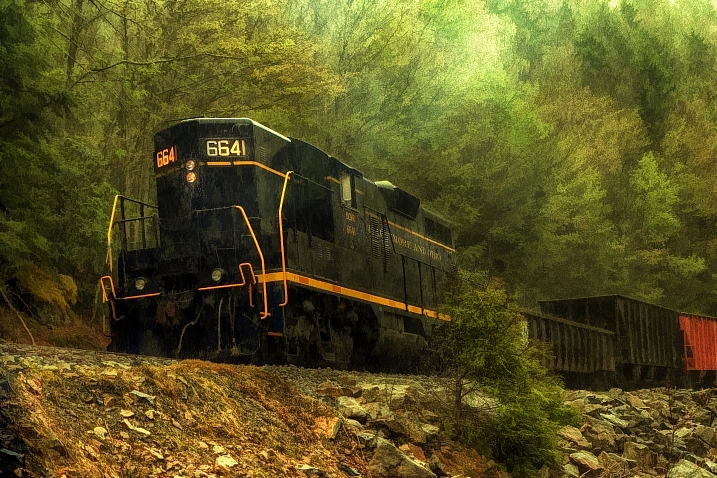
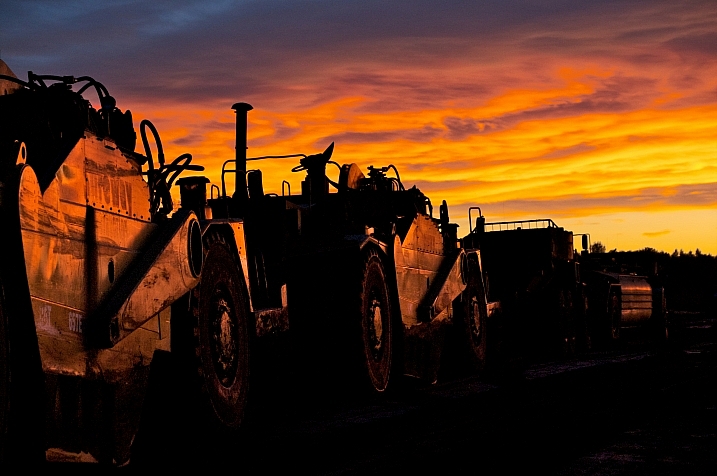
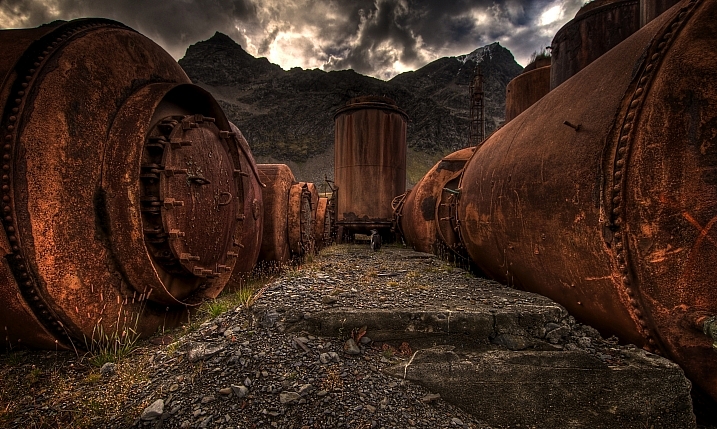
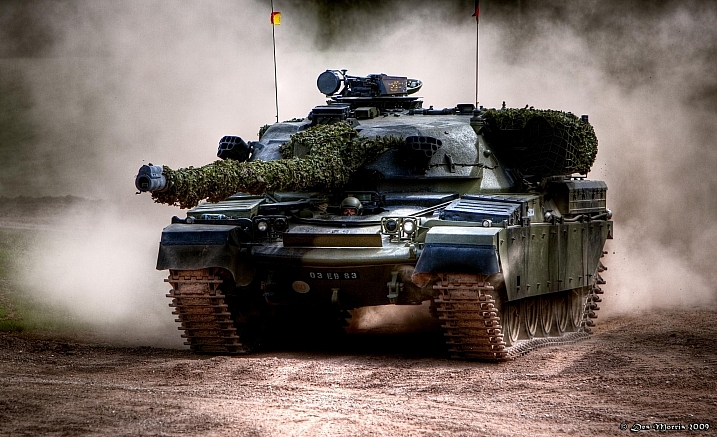
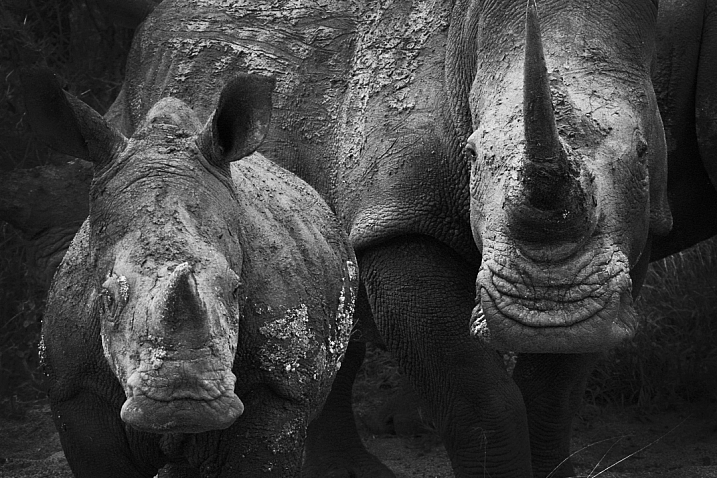
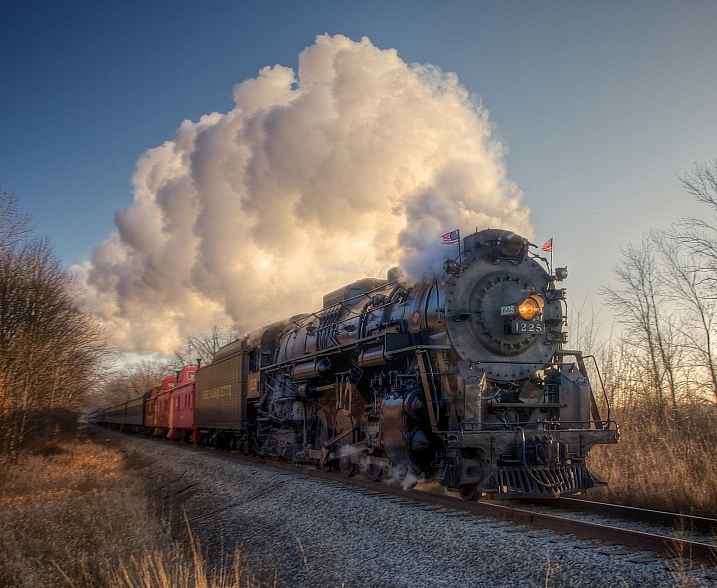
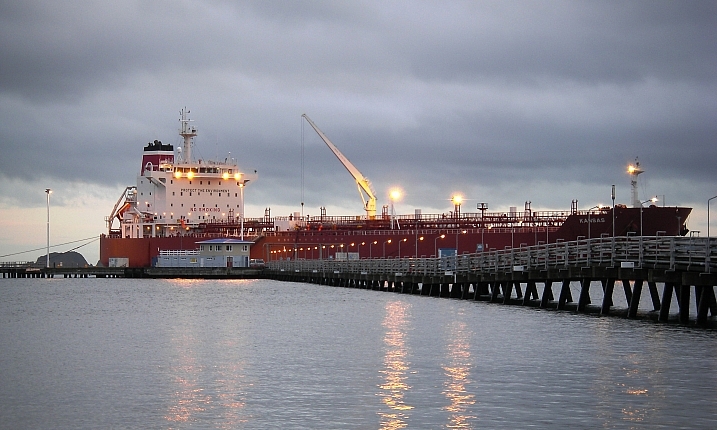
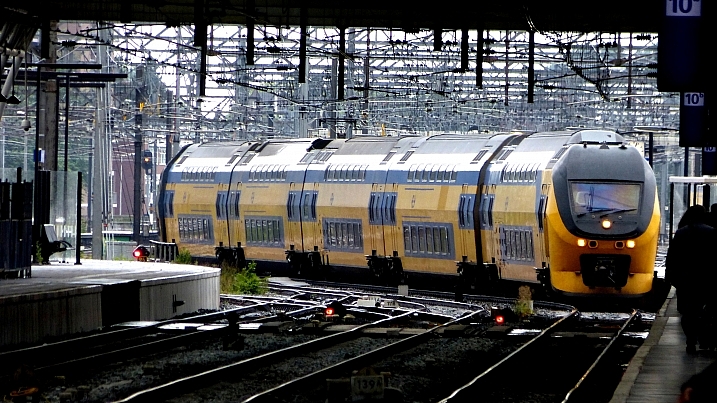
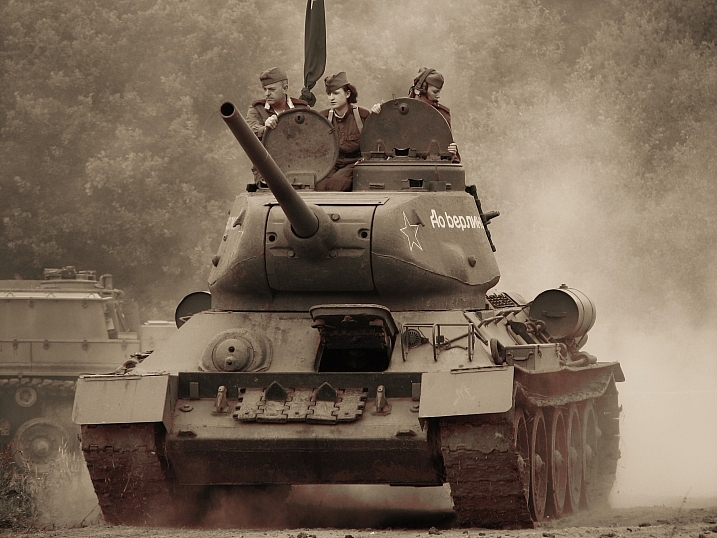
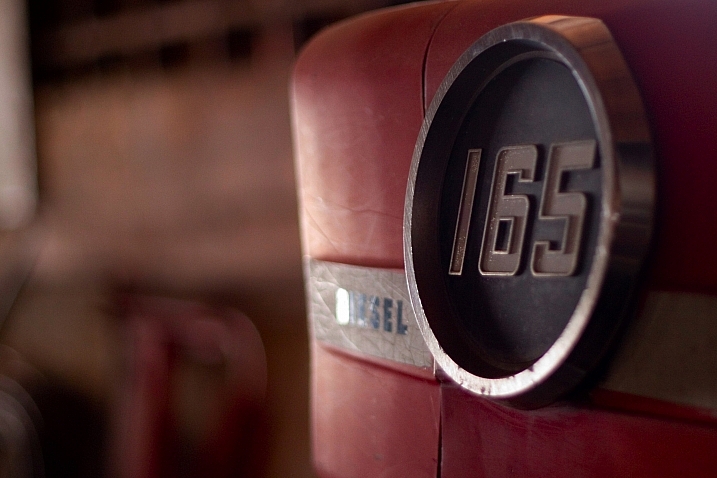
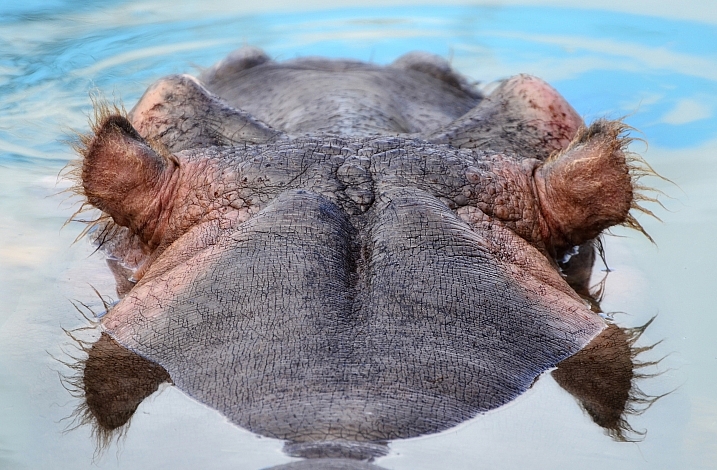


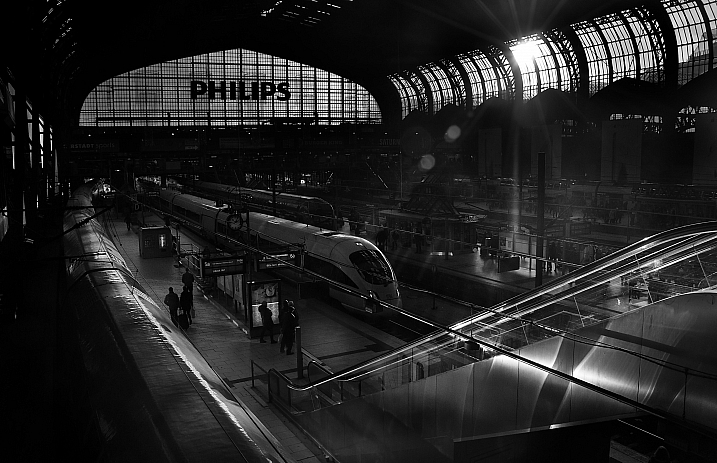
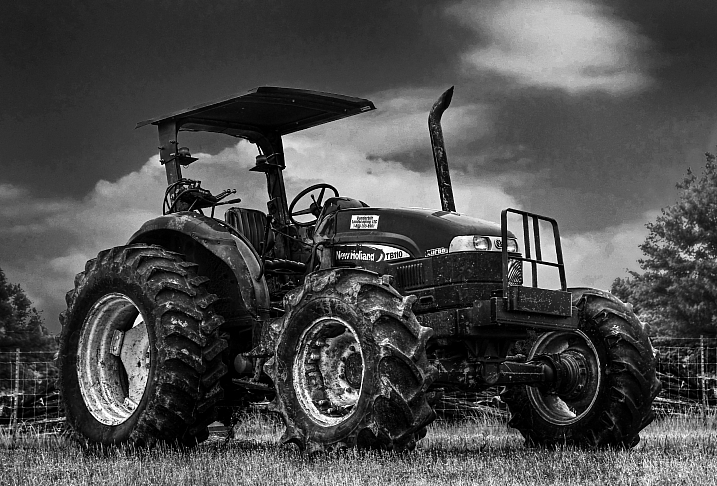
You must be logged in to post a comment.